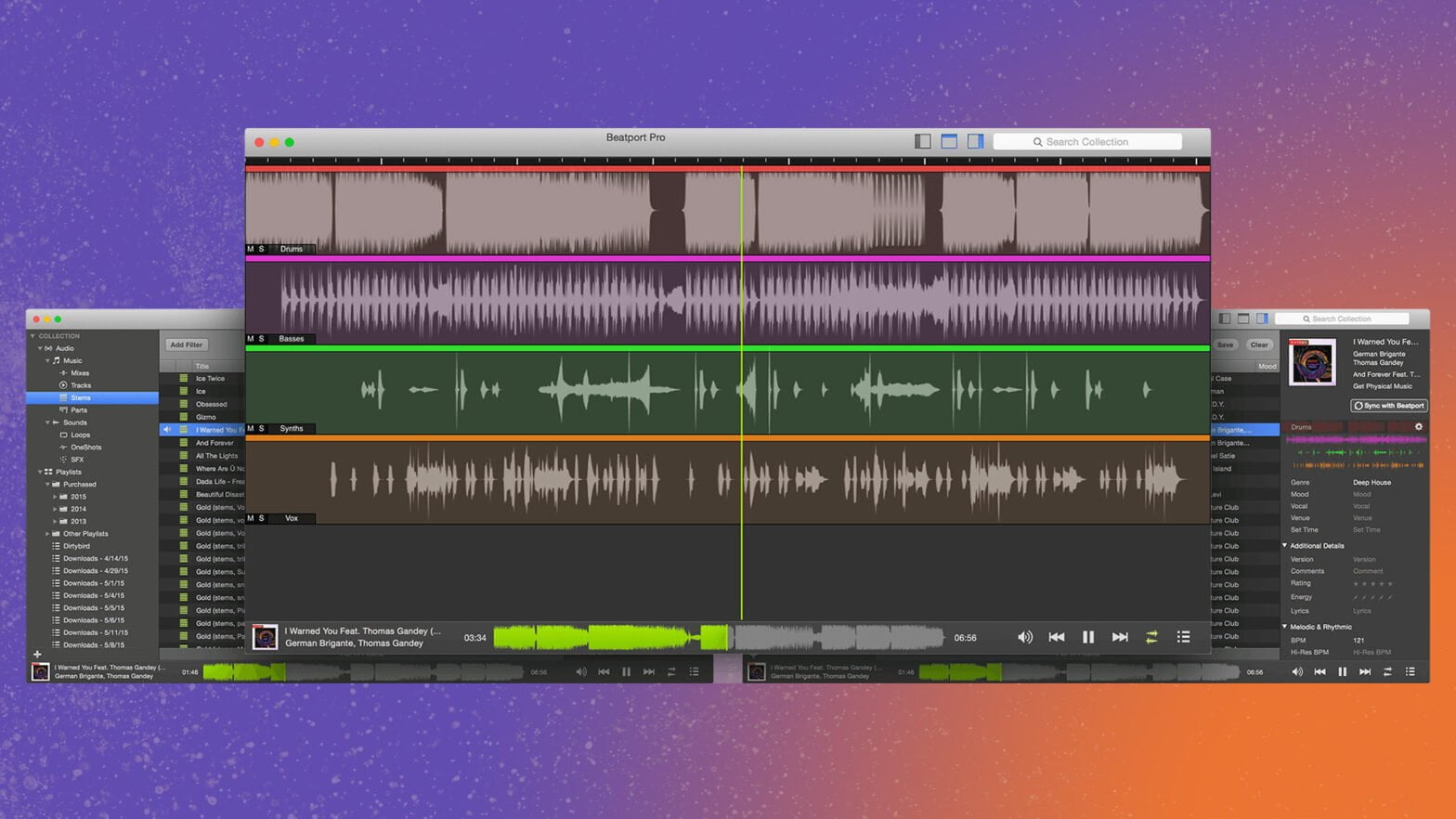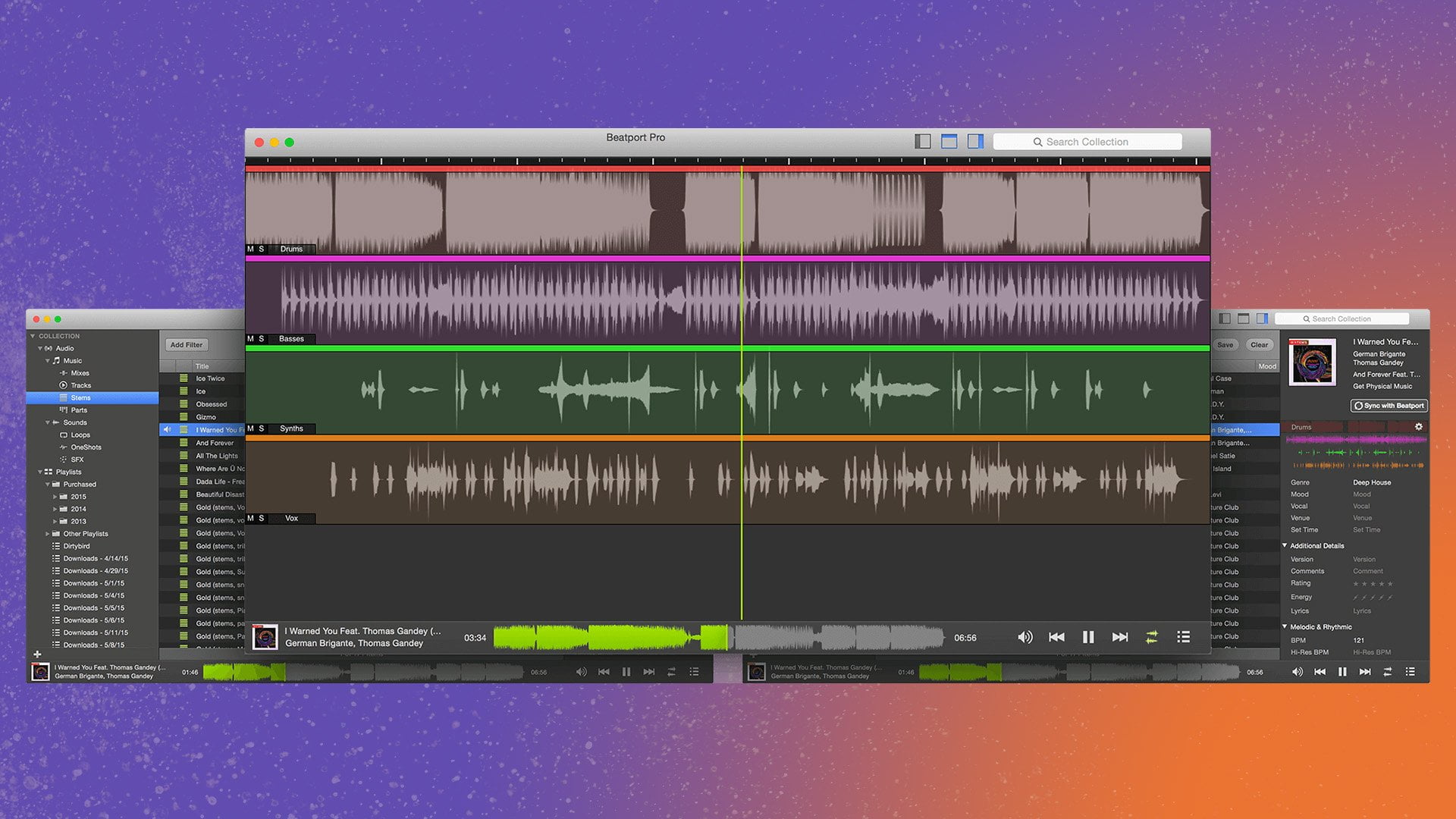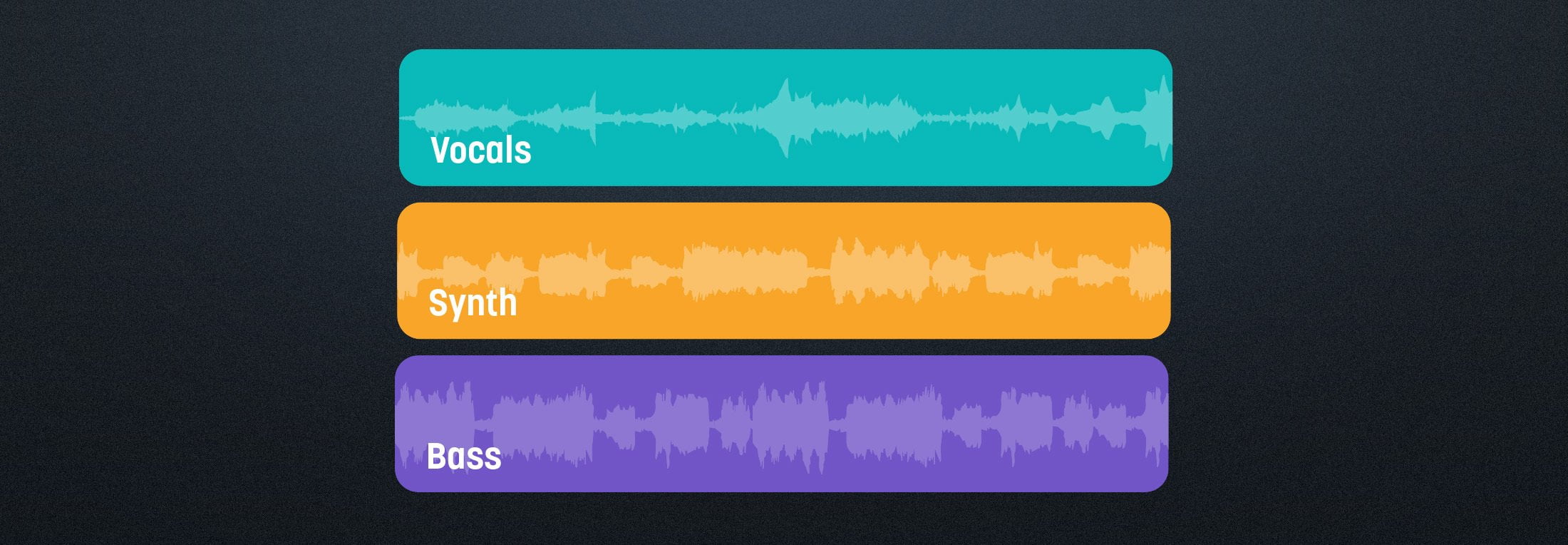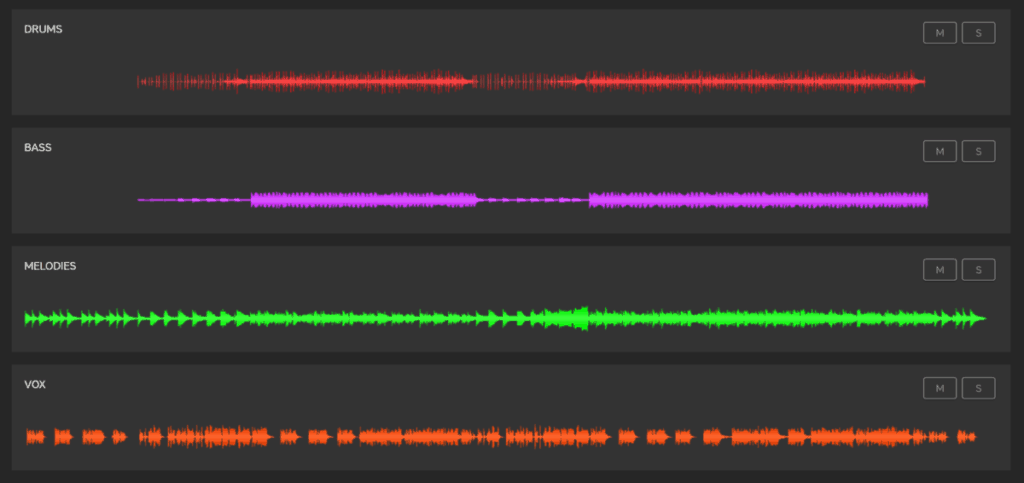LEARN MUSIC AND AUDIO PRODUCTION | Wavmonopoly TIPS AND TRICKS
What are stems in music? The Ultimate Guide

wavmonopoly August 16, 2022

Most people think of music as a collection of sounds that are pleasing to the ear. But what if you could take those sounds and rearrange them, creating something entirely new in the process? That’s what stems allow you to do. You may remix a song in any way you like by breaking it down into its component parts, or stems. You can even add your own touches to create something completely original.
In this guide, we’ll take a look at what stems are, why they’re useful, and how you can use them to create your own remixes.
What are stems?

A music stem is a type of audio file that breaks down a complete track into several mixes. This allows you to manage each of the individual mixes for your project as a producer. Stems are generally divided into four sectioons, which usually contain the melody, instruments, bass, and drums. When played simultaneously, without alteration, the original track should be heard as mastered or at least very close to it. This is why stems are frequently used by DJs and other musicians while remixing. It’s just a better format to deal with.
Stems, on the other hand, can also be utilized by YouTubers and video producers. You may add the track components that best match your video using stem files. The result should theoretically be a more mixed and better-sounding audio experience for your viewers.
In short, stems are the building blocks of a track that can be used to create new versions of that track. Now that we know what they are, let’s take a look at why they might be useful to you.
Why are stems useful?
There are several reasons why you might want to use stems in your music production. The most obvious is that it allows you to have more control over the individual parts of a track. This can be helpful when trying to create a new mix or remix of a song.
Some of the other benefits of using stems include:
1) They’re simpler to use than bounces of each file
The main benefit of stems is that they’re much simpler to use than dealing with a bunch of different tracks. In the past, producers would have to export each track individually and then import them into their DAW of choice. This was both time-consuming and often resulted in files that were difficult to manage.
With stems, everything is already divided up and ready to go. All you need to do is drag and drop the files into your DAW, and you’re good to go. The workflow is much smoother and simpler, which can save you a lot of time in the long run.
2) They open up new artistic potentialities
Another great benefit of stems is that they can help you to be more creative with your music. With the ability to easily manipulate individual parts of a track, you can come up with all sorts of new ideas.
As one more component of your music-making toolkit, stems provide infinite fascinating possibilities not just for music production, but also songwriting and performance.
Stemming tracks out allows you to take ideas from one track and apply them in new songs in creative ways. You could think of this as a form of sampling your own work. A vocal portion taken from an old song, for example, might sound completely fresh and compelling within the context of a fresh tune.
3) Collaborators can easily add, subtract or replace elements
The beauty of stems is that they’re highly flexible, which makes them great for collaboration. If you’re working on a track with someone else, it’s easy to add, subtract or replace elements as needed.
For instance, let’s say you’re working on a track with a vocalist but you’re not quite happy with the performance. With stems, it would be easy to replace the vocal stem with a new recording. Alternatively, if you want to take a verse from another track and use it in your own song, you can easily do that with stems as well.
In addition, if you’re working with a producer or mixer, they can easily adjust the levels of individual tracks without having to redo the whole mix. This can save a lot of time and hassle, especially if you’re working on a tight deadline.
4) They’re great for live performance
The stems of a track can also be used for live performance. For example, if you’re a DJ, you can use stems to mix tracks together live, which gives you a lot more control than working with traditional audio files.
This can be especially helpful if you want to extend a breakdown or build-up in a track, or if you want to add your own effects to certain parts of a song. The possibilities are endless, and it’s a great way to add your own personal touch to a live set.
It’s also worth noting that some DAWs, such as Ableton Live, are specifically designed for live performance. This means that you can easily load stems into the software and use them in your live sets.
5) You may maintain some of your processing
When you export audio files from your DAW, any processing that you’ve applied to the tracks will be lost. This can be frustrating, especially if you’ve spent a lot of time getting the perfect sound.
With stems, however, you can choose to export the tracks with the processing intact. This means that you won’t have to spend time setting up the processing again, which can save you a lot of time in the long run.
How to use stems

The great thing about stems is that they’re incredibly versatile and can be used in a variety of ways. In this section, we’ll go over some of the most common ways to use stems in your music.
1) Use them for mixing
One of the most common uses for stems is mixing. When you’re mixing a track, it can be helpful to have individual parts isolated so that you can mix them independently. This way, you can get each part sounding just the way you want it without affecting the other parts of the track.
For instance, let’s say you want to bring up the level of the drums in a mix. If you only have a stereo file of the whole track, you’ll also be boosting the level of the vocals, guitars, etc. This can make the track sound muddy and cluttered.
2) Use them for remixing
Another common use for stems is remixing. When you’re Remixing a track, it can be helpful to have the individual parts isolated so that you can rearrange them as you see fit. This way, you can create a completely new version of the track without having to worry about the original arrangement.
3) Use them for live performances
If you’re a DJ or producer who performs live, stems can be a great way to add more flexibility to your set. For instance, let’s say you have a track that you love but there’s one part of it that you always wish was different. With stems, you can isolate that part and change it on the fly during your performance. This way, you can create a unique version of the track that’s custom-tailored to your live set.
4) Use them for sound design
Stems can also be a valuable tool for sound design. For instance, let’s say you want to create a new sound effect for a track you’re working on. With stems, you can isolate the part of the track that contains the sound you want to use and then process it in any way you see fit. This gives you a lot of flexibility when it comes to creating new and unique sounds.
There are endless possibilities when it comes to using stems in your music. These are just a few of the most common uses. Get creative and see what you can come up with on your own.
Where to find stems to use in a remix
If you’re looking for stems to use in your next remix, there are a few places you can look. One option is to find an online stem library. These libraries typically offer a variety of stems from different songs, all organized into different categories.
Another option is to purchase stems from a professional producer or record label. These stems will usually be of high quality and will be specifically designed for remixing.
You can also try reaching out to the original artist or producer of the song you want to remix and asking if they have any stems available. Many artists are happy to share their stems with fans and fellow producers.
Finally, you can always create your own stems by extracting them from the original song yourself. This can be a bit of a challenge, but it’s definitely possible with the right software and some patience.
Bottom Line
Stems are individual pieces of a song that have been isolated from the rest of the track. They are typically used by DJs and producers when creating remixes, mashups, and beatmatching.
We hope this guide helped you understand what stems are and how to use them! If you’re interested in learning more about DJing and music production, check out our other articles. Thanks for reading!
